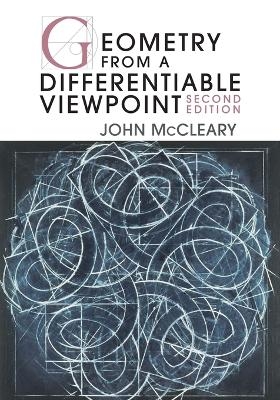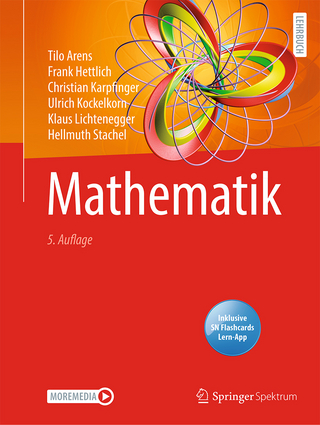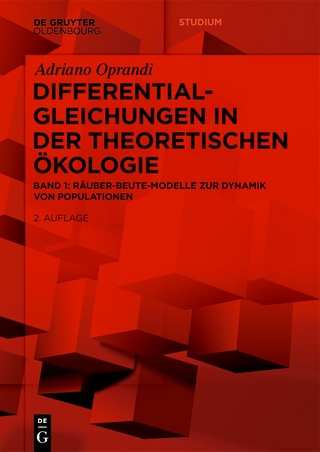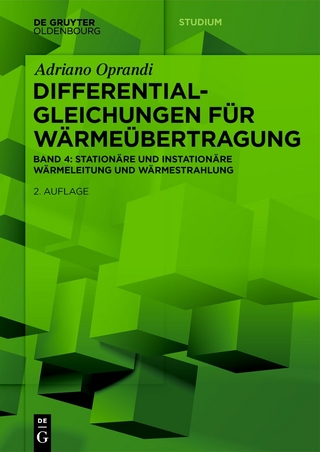
Geometry from a Differentiable Viewpoint
Cambridge University Press (Verlag)
978-0-521-13311-1 (ISBN)
The development of geometry from Euclid to Euler to Lobachevsky, Bolyai, Gauss and Riemann is a story that is often broken into parts – axiomatic geometry, non-Euclidean geometry and differential geometry. This poses a problem for undergraduates: Which part is geometry? What is the big picture to which these parts belong? In this introduction to differential geometry, the parts are united with all of their interrelations, motivated by the history of the parallel postulate. Beginning with the ancient sources, the author first explores synthetic methods in Euclidean and non-Euclidean geometry and then introduces differential geometry in its classical formulation, leading to the modern formulation on manifolds such as space-time. The presentation is enlivened by historical diversions such as Huygens's clock and the mathematics of cartography. The intertwined approaches will help undergraduates understand the role of elementary ideas in the more general, differential setting. This thoroughly revised second edition includes numerous new exercises and a new solution key. New topics include Clairaut's relation for geodesics and the use of transformations such as the reflections of the Beltrami disk.
John McCleary is Professor of Mathematics at Vassar College on the Elizabeth Stillman Williams Chair. His research interests lie at the boundary between geometry and topology, especially where algebraic topology plays a role. His papers on topology have appeared in Inventiones Mathematicae, the American Journal of Mathematics and other journals, and he has written expository papers that have appeared in American Mathematical Monthly. He is also interested in the history of mathematics, especially the history of geometry in the nineteenth century and of topology in the twentieth century. He is the author of A User's Guide to Spectral Sequences and A First Course in Topology: Continuity and Dimension, and he has edited proceedings in topology and in history, as well as a volume of the collected works of John Milnor. He has been a visitor to the mathematics institutes in Goettingen, Strasbourg and Cambridge, and to MSRI in Berkeley.
Part I. Prelude and Themes: Synthetic Methods and Results: 1. Spherical geometry; 2. Euclid; 3. The theory of parallels; 4. Non-Euclidean geometry; Part II. Development: Differential Geometry: 5. Curves in the plane; 6. Curves in space; 7. Surfaces; 8. Curvature for surfaces; 9. Metric equivalence of surfaces; 10. Geodesics; 11. The Gauss–Bonnet theorem; 12. Constant-curvature surfaces; Part III. Recapitulation and Coda: 13. Abstract surfaces; 14. Modeling the non-Euclidean plane; 15. Epilogue: where from here?
| Zusatzinfo | Worked examples or Exercises; 164 Line drawings, unspecified |
|---|---|
| Verlagsort | Cambridge |
| Sprache | englisch |
| Maße | 175 x 253 mm |
| Gewicht | 630 g |
| Themenwelt | Mathematik / Informatik ► Mathematik ► Analysis |
| Mathematik / Informatik ► Mathematik ► Geometrie / Topologie | |
| ISBN-10 | 0-521-13311-4 / 0521133114 |
| ISBN-13 | 978-0-521-13311-1 / 9780521133111 |
| Zustand | Neuware |
| Informationen gemäß Produktsicherheitsverordnung (GPSR) | |
| Haben Sie eine Frage zum Produkt? |
aus dem Bereich


